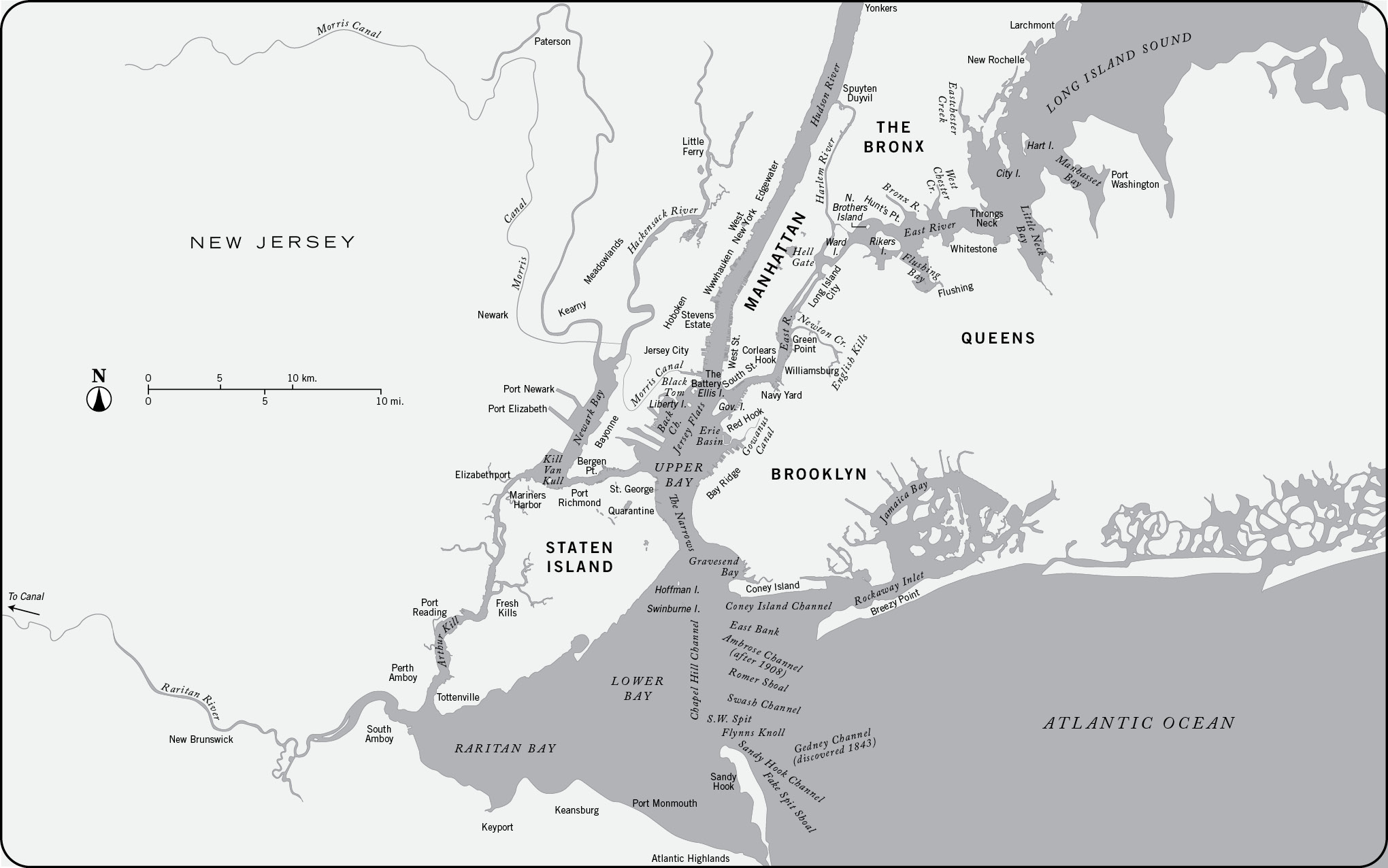Heroes of New York Harbor
Tales from the Citys Port
Marian Betancourt
Foreword by Captain Brian McAllister and Edmond Moran Jr.

Guilford, Connecticut

An imprint of Rowman & Littlefield
Distributed by NATIONAL BOOK NETWORK
Copyright 2017 by Marian Betancourt
Map: Alena J. Pearce Rowman & Littlefield
All rights reserved. No part of this book may be reproduced in any form or by any electronic or mechanical means, including information storage and retrieval systems, without written permission from the publisher, except by a reviewer who may quote passages in a review.
British Library Cataloguing in Publication Information Available
Library of Congress Cataloging-in-Publication Data Available
ISBN 978-1-4930-2430-8 (paperback)
ISBN 978-1-4930-2431-5 (e-book)
 The paper used in this publication meets the minimum requirements of American National Standard for Information SciencesPermanence of Paper for Printed Library Materials, ANSI/NISO Z39.48-1992.
The paper used in this publication meets the minimum requirements of American National Standard for Information SciencesPermanence of Paper for Printed Library Materials, ANSI/NISO Z39.48-1992.
So the crowd moved on and on, while the great harbor, surrounding their lives and shaping their lives, went on with its changes unheeded.
Ernest Poole, The Harbor , 1915
This is for my late father, Beauregard Charles Betancourt, who may not have been aware of it at the time, but he did pass along his love of the harbor.
Also for Captain Christian Martin Petersen, the great grandfather I wish I had known.
And as always, this is for my son, Tom, and my daughter, Karen.
Contents
Foreword
This book tells the story of New York harbor through its people, those who made a difference helping it become the great port it was and is today. Our company names are well known because of the tugboats still working here after more than a century and a half when our families established them, but few other names immediately come to mind, even to native New Yorkers. Many terrific books have been written about the harbor, but few tell the human story.
Its unlikely that the visitors who enter Castle Clinton at the Battery to buy tickets to the Statue of Liberty ferry know that it was originally a fort planned and built by Jonathan Williams, grandnephew of Benjamin Franklin, who also created the fort on Governors Island to protect us from the British as the War of 1812 was heating up. It worked because the British decided to attack Washington, DC, instead. The Williamsburg neighborhood along the East River is named for this engineer who was also the first superintendent of West Point.
A narrow passage of erratic currents, aptly named Hell Gate, leads the East River out into the Long Island Sound, the so-called back door to the harbor. It was like a turnstile for ships, filled with boulders, reefs, whirlpools, and other obstacles that caused so many shipwrecks that most sailors would not venture through the passage without a good supply of whisky to fortify their nerves. It wasnt until Civil War veteran Lt. Colonel John Newton of the Army Corps of Engineers took on the task that it was cleared. The largest and final obstacle, Flood Rock, was destroyed in 1885 with six times the greatest explosive charge ever fired in the world until the atomic bomb. This was so carefully planned and Newton so confident that he allowed his adored little daughter to pull the switch. Thousands of spectators lining the shores felt hardly a tremor.
In the early days our tugboats were often leased by the newspapers not only to report on what ships were arriving or leaving and who was on them, but what sorts of mischief might be afloat in the harbor. For example, reporters avidly followed the activities of Dynamite Johnny OBrien, who literally grew up in the harbor and probably knew it better than anyone. This cocky and diminutive man was already famous among sailors for his extraordinary skill as a pilot guiding windjammers through the treacherous currents of Hell Gate before it was cleared out, but when he outmaneuvered Spanish gunboats and United States revenue cutters to keep the Cuban rebels supplied with weapons and recruits in the 1890s, he became a legend.
The name Roebling is well known, but you may not realize that it was Emily Roebling who carried on the work of the chief engineer for the last fourteen years of the construction of the Brooklyn Bridge. Her husband, Washington Roebling, was incapacitated and nearly blind from caissons disease (also known as decompression sickness, or the bends), which he acquired early on at the site. Emily was well educated and well versed in engineering. She was respected by the bridge workers, but never got the credit she deserved because back then it was not considered suitable or even believable that a woman could take on such a task.
Katherine Walker, known as Lighthouse Kate, operated the Robbins Reef Light on a hidden ridge of submerged rocks at the mouth of the Kill Van Kull between Staten Island and Bayonne, New Jersey, that once caused numerous shipwrecks. From 1886 to 1919, Kate, barely five feet tall and weighing less than one hundred pounds, rescued as many as fifty people by her own count, and at least one dog. And while her two children were young, each weekday Kate rowed them a mile to and from school on Staten Island.
Ambrose Channel was created at the turn of the last century to allow the increasingly larger ships to enter the harbor through the Narrows. John Wolfe Ambrose, an Irish immigrant, might today be considered a Renaissance man because of his many interests and talents. He worked his way through New York University and Princeton, built the Second Avenue elevated subway, designed the citys street cleaning program, started a ferry to south Brooklyn, and built an amusement park there that saw the likes of Buffalo Bill and Annie Oakley. But his tireless decade-long effort to convince Congress to appropriate funds to deepen the shipping channel through the Narrows that made New York a world port is his most lasting gift.
Irving T. Bush, who inherited wealth and didnt have to work at all, had an idea to build a manufacturing complex on the waterfront where goods could be produced, stored, and shipped from the same location via water and rail to all parts of the world. Nobody believed it would work, and the project, begun at the end of the nineteenth century, was soon termed Bushs Folly. It worked beautifully, however, and Bush Terminal was the first of its kind, the largest multi-tenant industrial park in the nation.
In 1937 a trucker named Malcolm McLean hauled a load of cotton bales up from North Carolina to Hoboken where he had to wait an entire day before his truck was unloaded. He thought it ridiculous to spend so much time waiting. Why couldnt he just put his truck right on the ship, maybe take the wheels off and put them back on at the other end? The rest, as they say is history, but it took McLean twenty years to convince less enlightened shippers and New York harbor bosses of the ideas merits. While others may have had similar ideas, it was McLean who made it work. In 1956 his first container ship, the Ideal X , left New York harbor and by 1962 the Port of New York and New Jersey was the worlds first container port. McLean, who died here at 87 in 2001, changed the nature of shipping and the harbor forever.
Next page
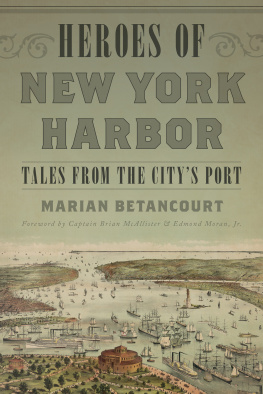


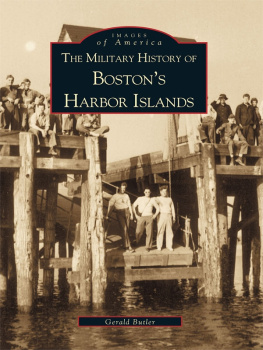
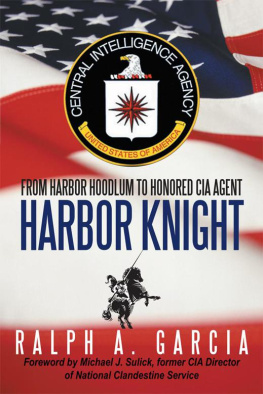
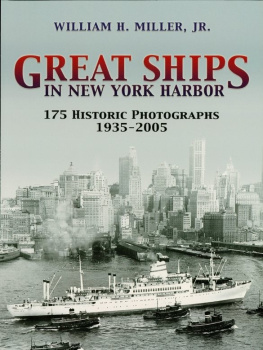
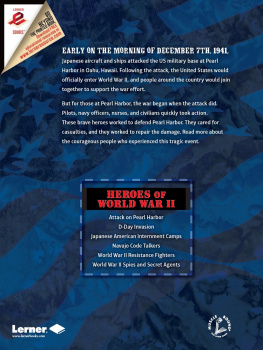
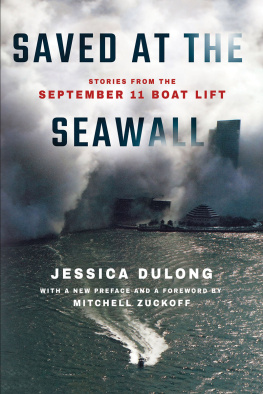
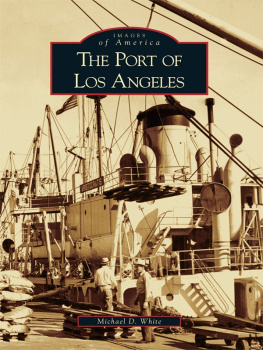
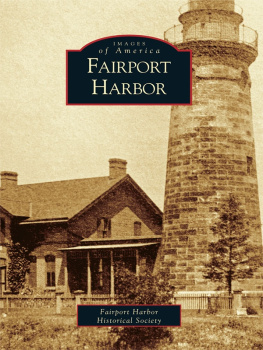


 The paper used in this publication meets the minimum requirements of American National Standard for Information SciencesPermanence of Paper for Printed Library Materials, ANSI/NISO Z39.48-1992.
The paper used in this publication meets the minimum requirements of American National Standard for Information SciencesPermanence of Paper for Printed Library Materials, ANSI/NISO Z39.48-1992.